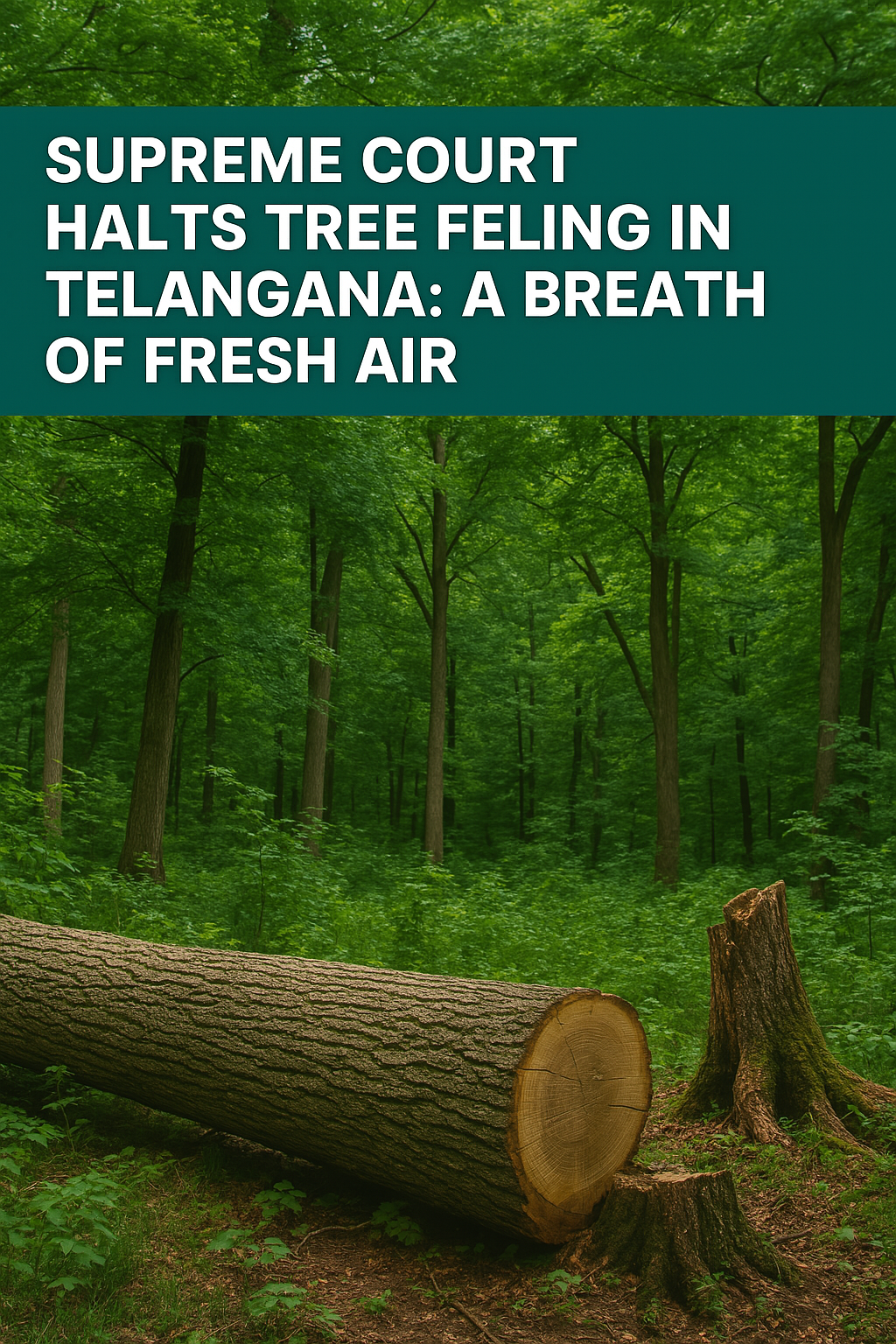Application of Polluter Pays Principle In Indian Legal Jurisprudence
Polluter Pays Principle (PPP) in Indian Legal Jurisprudence
What is the Polluter Pays Principle?
The Polluter Pays Principle (PPP) is an environmental law concept that asserts:
"The polluter should bear the cost of pollution, including the cost of preventing, controlling, and remedying environmental damage caused by their activities."
This principle is fundamental in environmental governance worldwide and ensures that those responsible for pollution are held financially accountable for the harm they cause to the environment.
Origin and International Recognition
The principle emerged internationally from the OECD Council Recommendations (1972).
It has been incorporated into various international environmental treaties and guidelines.
In India, the principle has been explicitly adopted and developed by the judiciary as part of the evolving environmental jurisprudence.
Application in Indian Legal Jurisprudence
India has not only recognized the Polluter Pays Principle but also actively applied it through judicial activism, especially via Public Interest Litigation (PIL) in the Supreme Court and High Courts.
Key Features of PPP in India:
The polluter must pay for the damage caused to the environment.
The principle aims to discourage harmful environmental practices.
It extends to restoration and compensation for affected persons or ecosystems.
It functions as a deterrent against future environmental degradation.
Landmark Cases on Polluter Pays Principle in India
1. M.C. Mehta v. Union of India (1987) - Oleum Gas Leak Case
Facts: A leak of Oleum gas from Shriram Food and Fertilizers Industries caused harm.
Supreme Court Judgment: The court invoked the Polluter Pays Principle, holding the industry responsible for compensating the victims and bearing the cost of environmental restoration.
Significance: This case was one of the earliest where the Supreme Court applied the PPP in India, emphasizing strict liability for hazardous industries.
2. Vellore Citizens Welfare Forum v. Union of India (1996)
Facts: The case dealt with the pollution caused by tanneries and other industries in Tamil Nadu, which discharged untreated effluents into water bodies.
Judgment: The Supreme Court explicitly adopted the Polluter Pays Principle, stating that polluters must bear the cost of pollution prevention and control.
Significance: The court recognized PPP as part of the “sustainable development” concept and a tool to protect the environment. It marked a milestone in Indian environmental law.
3. Indian Council for Enviro-Legal Action v. Union of India (1996)
Facts: The case involved hazardous waste disposal by chemical industries in Bichhri village, Rajasthan.
Judgment: The Supreme Court held the polluters liable for the damage caused and ordered compensation for the affected population and restoration of the environment.
Significance: Reinforced the PPP by mandating that polluters pay for cleanup and compensation.
4. M.C. Mehta v. Kamal Nath (1997)
Facts: Involved pollution caused by a hotel owned by Kamal Nath, where the hotel was discharging pollutants into the Beas River.
Judgment: The Supreme Court reiterated the Polluter Pays Principle, ordering the polluter to pay for the damage and future preventive measures.
Significance: Reaffirmed the application of PPP in diverse pollution contexts.
Other Applications:
PPP has been used to regulate industries like mining, chemical manufacturing, and waste disposal.
The principle guides environmental impact assessments and licensing processes.
It encourages adoption of cleaner technologies by making polluters financially responsible for pollution.
Summary of Polluter Pays Principle in Indian Jurisprudence:
The PPP is firmly embedded in Indian environmental law through judicial interpretation.
It has been enforced mainly by the Supreme Court via PILs.
The principle places a financial burden on polluters to clean up and compensate for environmental harm.
It supports sustainable development by internalizing environmental costs.
PPP serves as both a preventive and remedial tool in environmental governance.




























0 comments